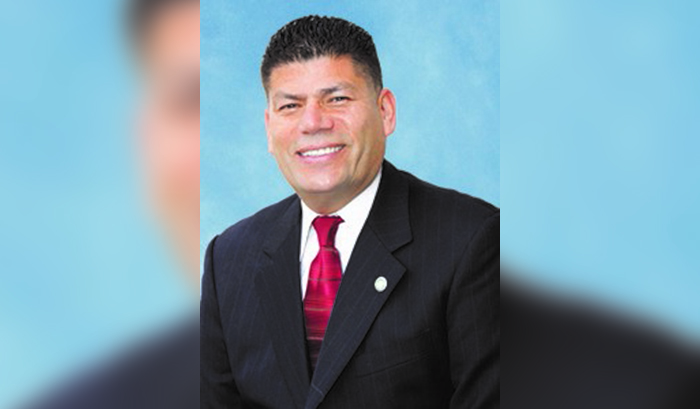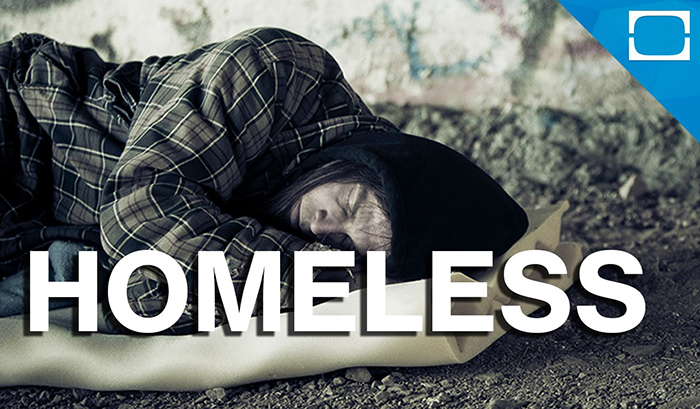Whether ephemeral or a sign of major maturation, last night’s meeting of the Culver City Democratic Club was the latest signal that the once folksy monthly gathering of longtime friends is burgeoning into a more muscular player in party politics.
Under the leadership of first Tom Camarella and now his wife, the entertaining Ronnie Jayne, the tone and the programming of meetings has elevated as the club steadily has expanded its horizons. School Board member Karlo Silbiger, a second generation club member and a natural politician, has injected the kind of youthful energy and full-blown political involvement the Democratic Club has been lacking for years.
All of those upbeat elements were spiritedly on display last night when four keen observers of last week’s state and mid-term elections — Jim Clarke, Ed Johnson, Mona Field and Mr. Silbiger — delivered penetrating, sometimes biting, analyses. They spanned the spectrum. Their insights ranged from their hometown across the entire country.
Their separately reached but harmonious conclusions:
• Culver City is an extraordinarily accurate barometer of how the Democratic Party fares, at least in California and significant oases in the western United States.
• The Democratic beating that seems to have been a favorite theme for the past week was not nearly the drubbing that has been advertised.
• You can entertain your friends by giving them four numbers to ponder, 6, 60, 8, 19.
• Non-white voters played their widest role yet in California and nationally.
As the leadoff panelist, Mr. Silbiger made the heftiest and most fcused presentation of the night, asserting that Culver City residents could glean five lessons from the election.
“Lesson No. 1,” he said, “is that Culver City voters vote more than most, but still not enough. We had a 52 percent turnout of registered voters, higher than most neighboring communities. Beverly Hills had 44 percent, Santa Monica 49 percent, West Hollywood 46 percent. It is higher than the last mid-terms four years ago when we had 45 percent, and it shows that we take our responsibility seriously. But it is hard to be proud of 52 percent when such a large number, 48 percent, did not come out. As we look back to my election to the School Board a year ago, we were all so happy that 20 percent turned out to vote. That was the highest it had been in decades.
Loyal Democrats to the Core
“Lesson No. 2 is, Culver City is becoming one of the bluest cities in the country. It is nothing new that Culver City would vote for Democrats. But this election was extreme, even for our community. I am going to try a little math. There were 12 partisan offices n the ballot where Democrats were running against people from another political party. Democrats won all 12. No surprise. Kamala Harris, who is running for state Attorney General, got the fewest votes of those 12 candidates, 63 percent. Twelve partisan offices, and there were 27 different polling places throughout the city. Multiply those two numbers — there were 324 times where people got to choose between Democrats and other candidates, and the Democrats won 323 out of 324 times. Which means not only does Culver City vote for Democrats, every neighborhood in Culver City voted for all Democrats.
“Lesson No. 3, Culver City voters are willing to vote for tax increases. Four of the nine initiatives on the statewide ballot related to taxation; Prop. 19, which would have taxed marijuana use by legalizing it; Prop. 21, a business license fee increase; Prop. 24, regarding corporate taxes, and Prop. 26, requiring a two-thirds vote for certain fee increases. In every case, Culver City voted to allow government to collect more money, which shows that we understand the financial difficulty the state is in, and we value the services government provides.
As Culver City Goes, So Goes State
“Lesson No. 4, PXP has severely soured Culver City on big oil companies. The single largest vote total in Culver City, was the No on 23 vote, 78 percent. You may remember, 23 would have suspended the global warming law.
“And finally, lesson No. 5, the Culver City Democratic Club is still powerful but not invincible. In November 2008, I came to you guys and said, ‘Culver City voters agreed with our endorsements 100 percent of the time.’ We came close this time, but not quite. The voters were with us on all partisan offices, the two judges we endorsed, the Superintendent of Public Instruction and seven of the nine ballot propositions. All except 20 and 27, related to redistricting.”
Ms. Field, a community college district trustee, surveyed California voting patterns and concluded that, “in general, what is happening in Culver City is happening in the whole state, although perhaps not to the same extent.” Hailing the non-white turnout, Ms. Field said that African Americans and Hispanics represented 38 percent of the state vote.
Mr. Clarke, long associated with retiring U.S. Rep. Diane Watson (D-Culver City) and now in Mayor Villaragosa’s office, said that three national developments surprised him:
• That as early as the dinner hour, 6:15, television was calling the Republicans the new majority in the House of Representatives;
• As soon as the California polls closed, Gov.-elect Brown and Sen. Barbara Boxer were declared victors, and
• The comfortable margin of victory by Senate Majority Leader Harry Reid (D-NV).
Mr. Clarke also played the 6-60-8-19 numbers game, asking the crowd if they knew their significance, and then he told them:
Six Democratic senators lost, 60 House Democrats lost, 8 Democratic governors lost, and 19 state legislatures were won by Republicans.
Mr. Johnson, long associated with Los Angeles City Councilman Herb Wesson, one of Culver City’s favorite politicians, zeroed in on the gubernatorial race, and said the winner gave Californians a reason to support him. “Jerry Brown captured the seriousness of what is going on in California, and Meg Whitman didn’t,” he said. “He indicated that he had experience. He indicated that he was accustomed to do this and that. And all we got from Meg Whitman were negative blasts. There were no proposals, nothing saying ‘This is what I am going to do’ and ‘I am not going to do this.’ She just blasted him and told lies. Her belief obviously was, if you have enough money and tell enough lies, things will work out. Fortunately, they didn’t. I think it impacted the Barbara Boxer race as well. Boxer had a record on jobs, and Carly Fiorina also had a record on jobs. And tat message gotout.”






